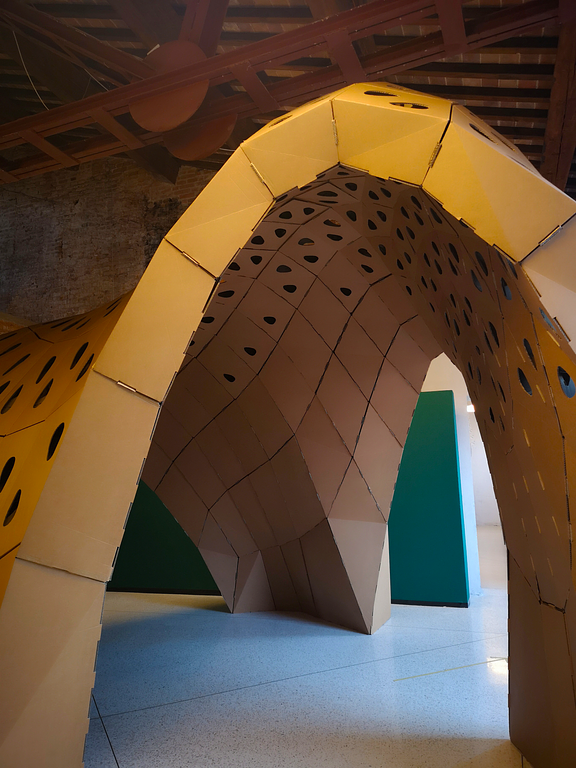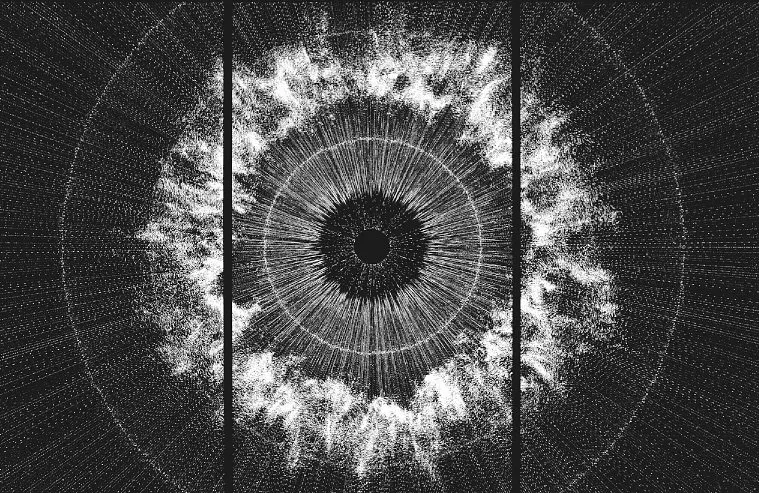Starts at
29 Jun 2024
Lucca Biennale Cartasia (LuBiCa)
Design Temporariness! is a mono-material cardboard installation combining computational design and digital fabrication to explore circularity, adaptability, and environmental responsibility through a lightweight, disassemblable pavilion structure
Starts at
29 Jun 2024
Ends at
20 Sep 2024
Location
Lucca
Summary
Design Temporariness! is a cardboard installation developed by Material Balance Research, ATI Project, and Materieunite for Lucca Biennale Cartasia 2024. Created within the MaBa.Design 2023 Master’s program, the project integrates computational design and digital fabrication to produce a lightweight, modular pavilion. Fully disassemblable and reusable, it embodies values of circular design, sustainability, and material efficiency throughout its lifecycle.

Extras

Examines flexible and decentralized production systems that support customization through digital design and adaptive manufacturing. The main concepts of mass customisation, supply chain management and distributed manufacturing are linked together to optimize material use, environmental impact and prefabrication in architectural design.|


